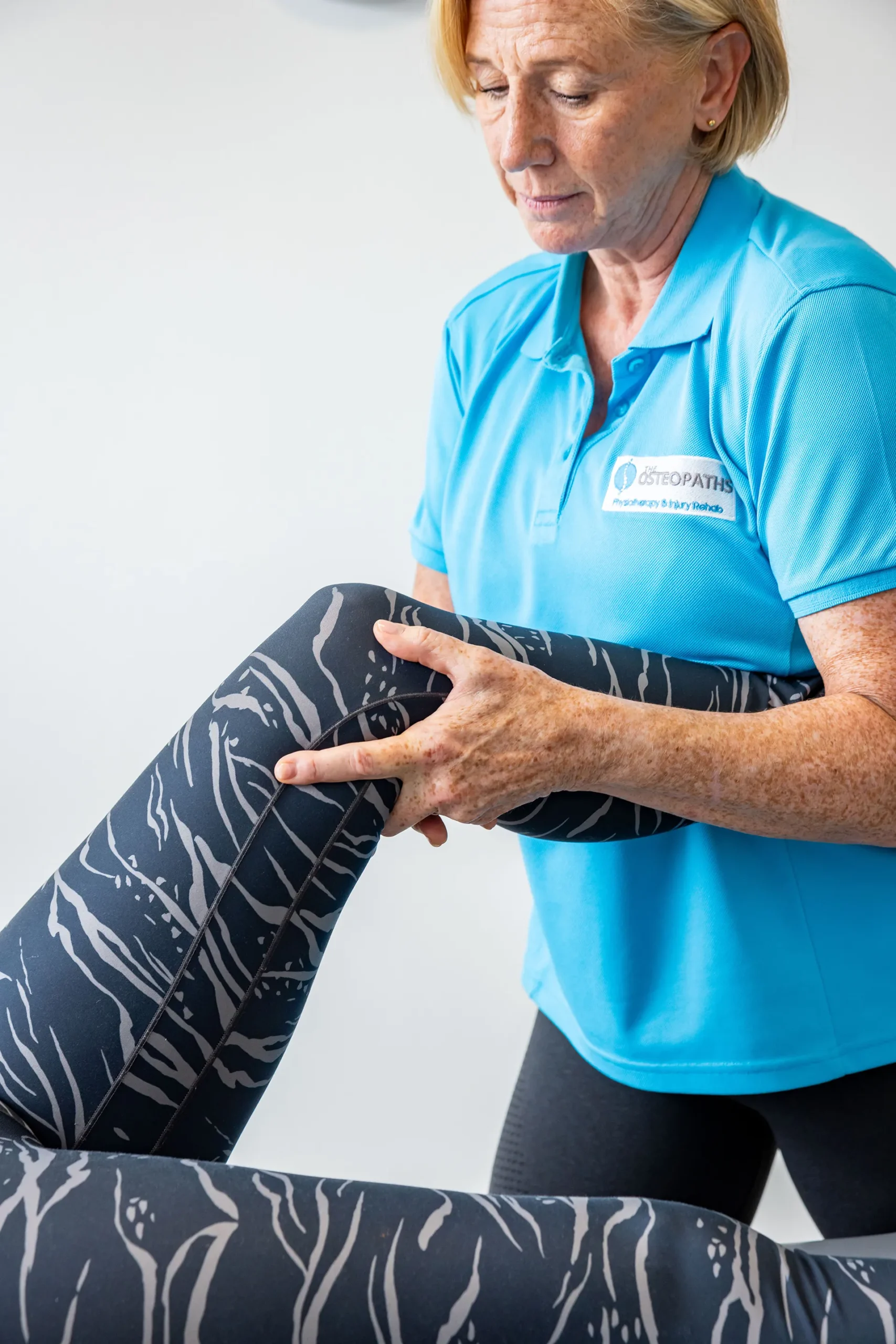Hypermobility spectrum disorders (HSD) are connective tissue disorders that cause joint hypermobility, instability, injury, and pain. Other problems such as fatigue, headaches, GI problems, and autonomic dysfunction are often seen as part of HSD
Joint hypermobility means that a person’s joints have a greater range of motion than is expected or normal.
Most babies and children are naturally very flexible. Many people become less flexible as they grow, but hypermobility continues into adulthood for some, up to about 20% of people. Being “flexible,” “bendy,” or “double-jointed” is not usually a problem, and for some, like dancers or gymnasts, it is an advantage. Hypermobility that does not cause pain or other symptoms is referred to as “asymptomatic joint hypermobility” and does not need to be treated.
Problems can occur when joints are not just hypermobile but are also unstable. Joint instability occurs when the bones of a joint aren’t held in place securely. This can lead to joints moving too far, causing subluxations, dislocations, sprains, and other injuries. Joint instability can cause both acute and chronic pain and interfere with daily life.
Joint hypermobility and/or instability may be a person’s only problem. It can also occur as part of a known syndrome, such as types of Ehlers-Danlos syndromes (EDS), Marfan syndrome, or Down syndrome. The hypermobility spectrum disorders occur when a person has symptomatic joint hypermobility that cannot be explained by other conditions. A person with HSD may have joint instability as their only concern or may have other medical issues as well.
We often see patients with HSD. Although we can’t stop people from being hypermobile, our aim in caring for such patients is to address the factors that may be contributing to their pain. This can be done with manual treatment, acupuncture, postural advice and exercise and is often very effective.
